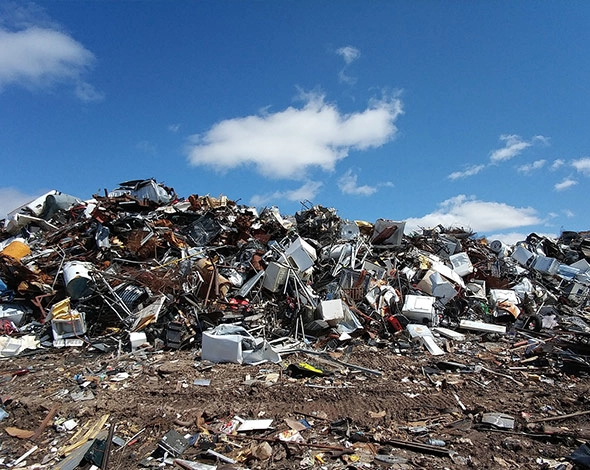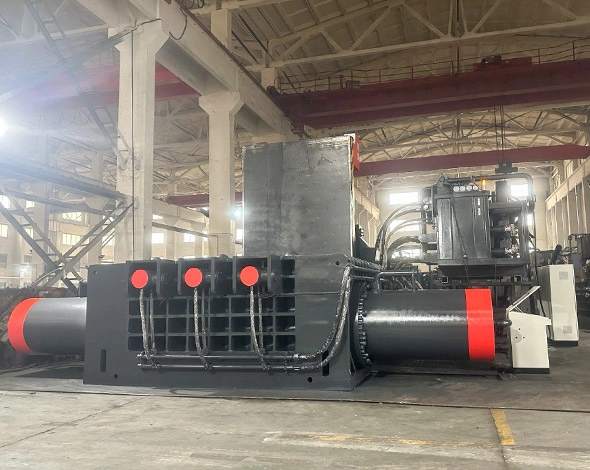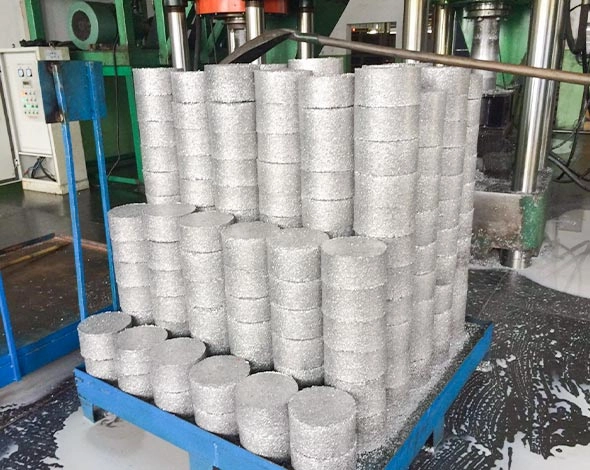Choosing a suitable metal baler is crucial for optimizing operational efficiency and profitability in the scrap metal industry. This article will explore the factors that scrap yards should consider when selecting a metal baler, including types of balers available, volume of scrap processing, cost implications, and space requirements.
We will provide a comprehensive guide to help scrap yard operators make informed decisions that align with their specific operational needs and budget constraints, ensuring their investment enhances productivity and streamlines operations.
Types of Metal Balers
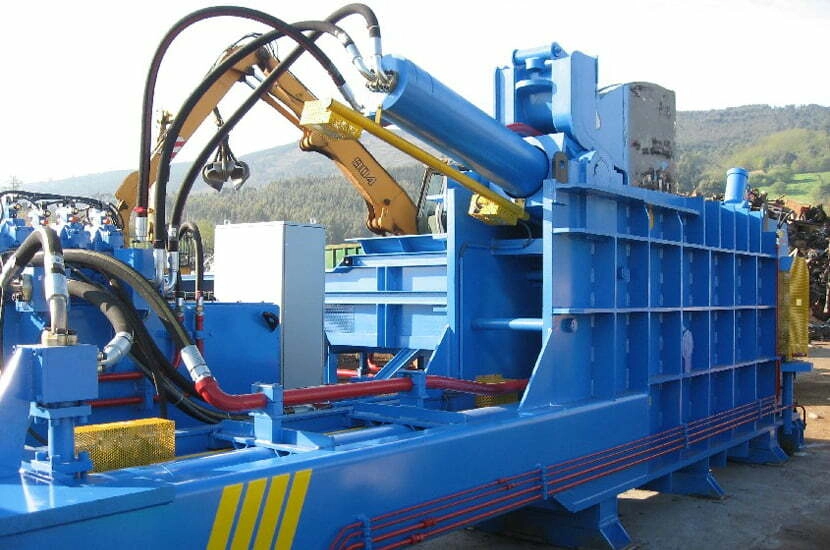
Choosing the correct type of metal baler is fundamental for scrap yard operations, with each type catering to different needs based on volume, space, and material type.
Here are the primary types of metal balers:
Vertical Balers: Best for smaller operations or low volumes of scrap. These balers are more
compact and ideal for facilities with limited space.
Horizontal Balers: Suitable for more extensive operations with continuous processing needs. They are more efficient for high-volume processing and can handle a variety of materials.
Two-Ram Balers: These are highly versatile and powerful, ideal for facilities that handle diverse and bulky materials. They are more effective in separating materials and are typically used in more extensive facilities.
Logger Balers: Specifically designed for crushing and logging various types of metal waste, these are commonly used in car scrapping and other heavy-duty applications.
Understanding your scrap yard’s specific needs, including the type and volume of materials processed, will guide you in choosing the most appropriate baler type.
Assessing Scrap Yard Needs
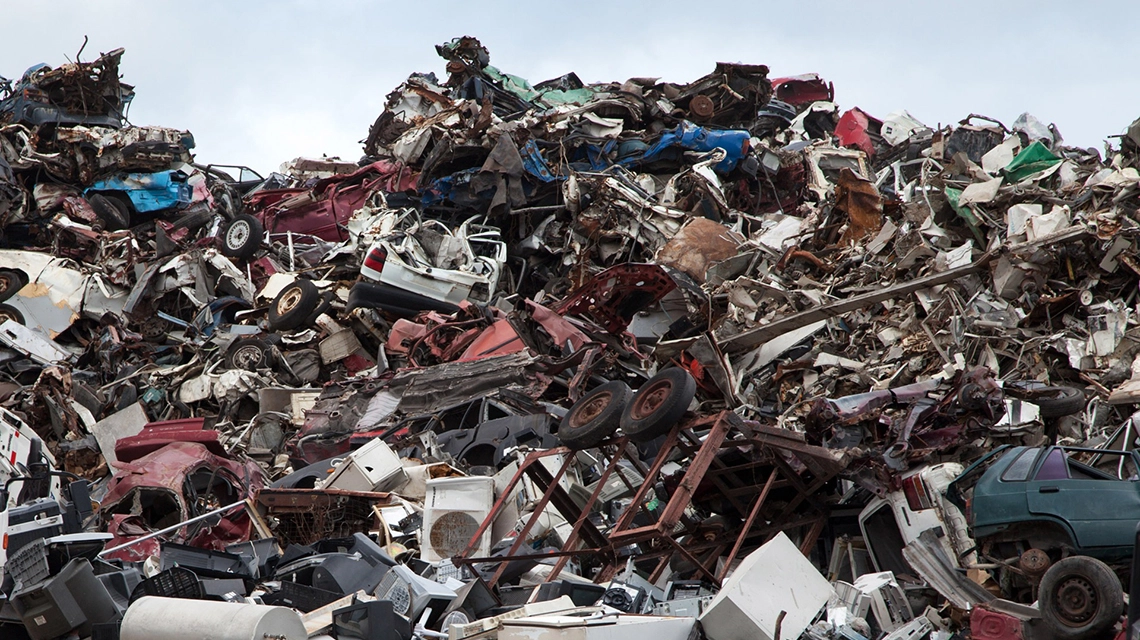
When assessing the needs of a scrap yard before selecting a metal baler, several factors are paramount:
Volume of Material: Evaluate the average amount of scrap processed daily or monthly. This determines the size and type of baler required.
Types of Materials: Identify the kinds of metals commonly handled. Different balers are better suited for light metals versus heavier, bulkier metals.
Space Availability: Measure the available space in the facility to ensure adequate room for the baler and related operations.
Labor and Automation Needs: Consider the level of automation needed based on available labor resources and desired efficiency.
These considerations will guide scrap yard operators in choosing a baler that fits their operational scale and can handle the specific types of materials they process.
Cost Considerations
When considering the cost of a metal baler for a scrap yard, it’s essential to weigh both immediate expenses and long-term financial impacts:
Initial Purchase Price: Compare the upfront costs between new and used balers, keeping in mind that new equipment may offer longer-term savings through fewer breakdowns and repairs.
Operating Costs: Assess the energy efficiency of different baler models. More efficient balers can reduce long-term operational costs.
Maintenance Expenses: Consider the maintenance requirements and the availability of spare parts. Older models may incur higher maintenance costs over time.
Return on Investment (ROI): Calculate the potential increase in processing capacity and efficiency against the baler’s cost to determine the ROI.
Understanding these cost elements will help ensure that the baler you choose aligns with your financial capabilities and business goals.
Features to Consider
When selecting a metal baler for a scrap yard, considering specific features is crucial to match the equipment with your operational needs:
Automation Level: Evaluate the baler’s automation capabilities. Automated features can reduce labor costs and increase processing speed but may involve higher initial expenses.
Safety Features: Prioritize balers that include advanced safety features to protect operators. These might include emergency stop functions, safety interlocks, and protective guarding.
Efficiency and Throughput: Consider the machine’s efficiency and throughput capacity. Higher efficiency and faster processing capabilities can significantly increase productivity.
Size and Footprint: Ensure the baler fits within the available space and is appropriate for the volume of materials processed.
Compatibility with Existing Systems: To avoid additional costs, check if the new baler can integrate smoothly with existing operations and systems.
Each feature can impact the baler’s overall effectiveness and cost-efficiency in your scrap yard operations.
Maintenance and Support
When considering a metal baler for a scrap yard, it’s essential to focus on maintenance and support:
Maintenance Requirements: Understand the manufacturer’s recommended maintenance schedule to keep the baler in optimal condition. Regular maintenance can prevent costly downtime and repairs.
Availability of Spare Parts: Check the availability and cost of spare parts. Easy access to affordable parts is crucial for timely repairs and maintenance.
Warranty and Service Agreements: Look for comprehensive warranty terms and agreements that provide support and routine service from the manufacturer or dealer.
Technical Support: Ensure that the baler vendor offers reliable technical support, including troubleshooting and repair services. This can be vital for swiftly resolving operational issues.
These factors contribute to the longevity and efficient operation of the baler, impacting overall productivity and cost-efficiency.
Case Studies
To effectively illustrate the practical implications of choosing between new and used scrap metal balers, we can examine several case studies:
Small Manufacturing Firm: Due to budget constraints, a small business opted for a used baler and reported significant cost savings and adequate performance for its low-volume needs.
Large Recycling Plant: This facility invested in a new, high-capacity baler to handle substantial daily throughput. The decision was driven by the need for reliability and the latest technology to maximize efficiency and minimize downtime.
Mid-sized Scrap Yard: After initially struggling with a used baler’s frequent maintenance issues, the company switched to a new model, which improved its operational efficiency and reduced long-term repair costs.
These examples highlight how different business sizes and operational scales influence the decision-making process when investing in scrap metal balers, showcasing each option’s tangible benefits and challenges.
Conclusion
Choosing a suitable metal baler for a scrap yard is a critical decision that impacts operational efficiency and financial sustainability. Scrapyard operators can make informed decisions by understanding the different types of balers, assessing specific needs like material volume and space, and considering the costs associated with new versus used equipment.
The case studies highlighted demonstrate the importance of aligning the choice of baler with business objectives and operational demands. Ultimately, whether opting for a new or used baler, the focus should always be maximizing productivity and ensuring long-term reliability.

